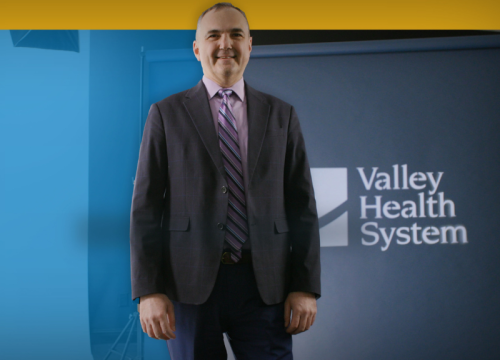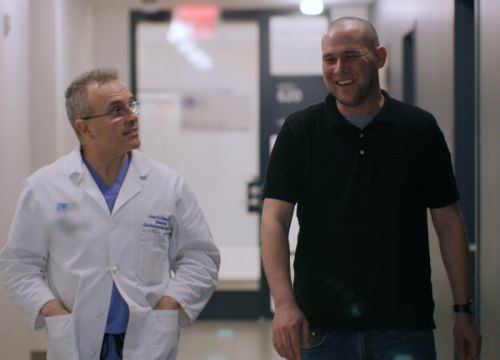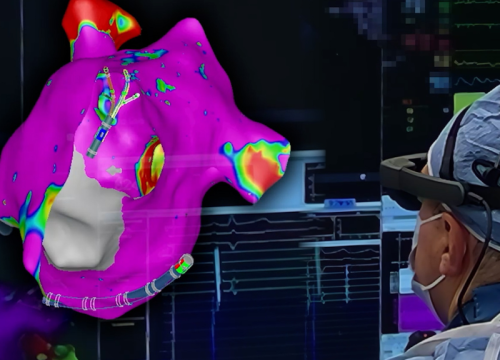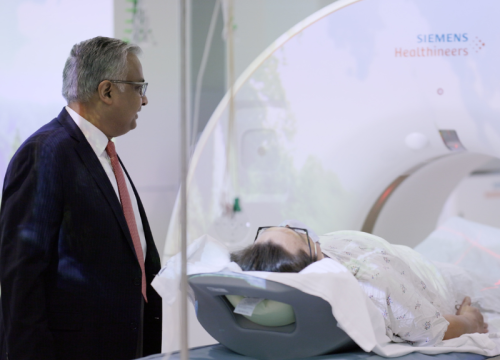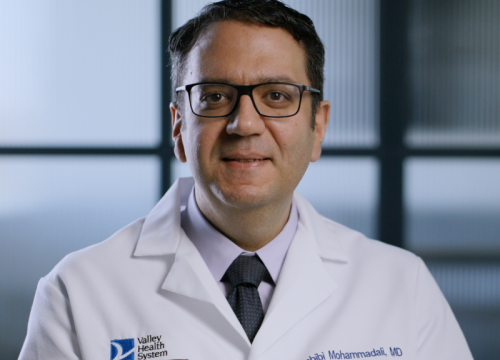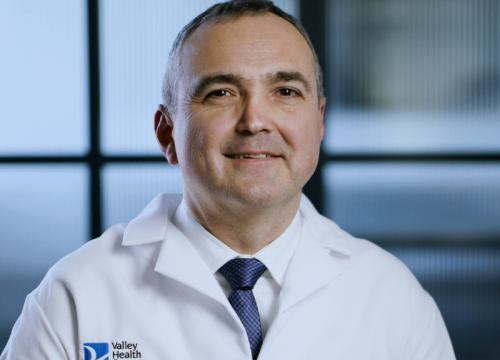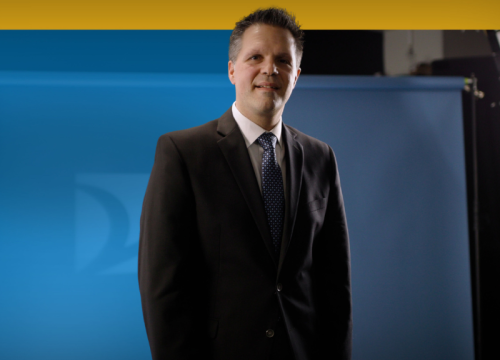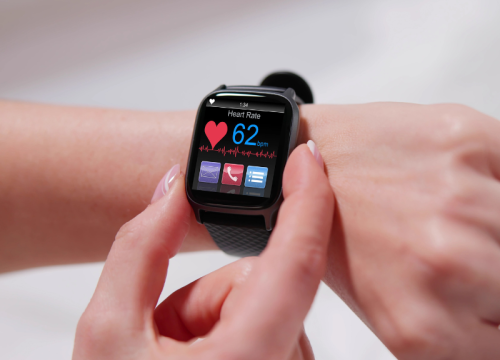During an arrhythmia, your heart can beat too fast, too slow, or irregularly, and as a result, it may not be able to pump enough blood to the body. This can cause symptoms such as fatigue, shortness of breath, or fainting.
Some types of arrhythmias can cause more serious problems, and at that point, we may consider treatment with a cardiac implantable electronic device (CIED). Usually the device is placed under the skin in the chest area and has wires that are threaded from the vein under the clavicle (collarbone) to your heart in order to correct your arrhythmia.
There are two types of cardiac implantable electronic devices:
Each CIED treats a different type of arrhythmia: pacemakers help improve slow heart rates and ICDs treat fast and dangerous rhythms from the lower chambers of the heart, known as ventricular tachyarrhythmias (ventricular tachycardia or fibrillation). The ICD usually has a pacemaker function as well. The 2 types of devices are different in size and the types of leads they use.




